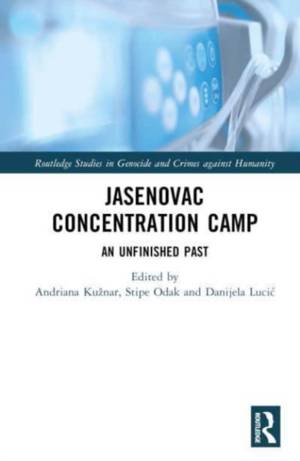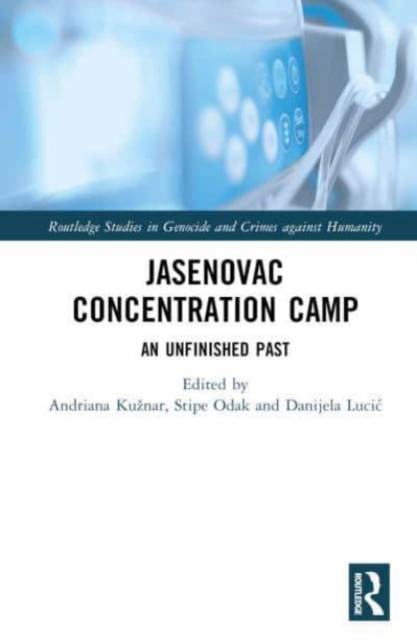
- Afhalen na 1 uur in een winkel met voorraad
- Gratis thuislevering in België vanaf € 30
- Ruim aanbod met 7 miljoen producten
- Afhalen na 1 uur in een winkel met voorraad
- Gratis thuislevering in België vanaf € 30
- Ruim aanbod met 7 miljoen producten
Zoeken
Jasenovac Concentration Camp
An Unfinished Past
€ 244,45
+ 488 punten
Omschrijving
This book presents state-of-the-art discussions around the concentration camp Jasenovac. Initially one of the largest camps of the Second World War, Jasenovac became a symbol of supra-national unity during the Yugoslav period and in the 1990s re-emerged as a contested symbol of narrational victimhood. By analyzing some of the most controversial topics related to the Second World War in south-eastern Europe - the Holocaust, the genocide of Serbs and Roma, the issues of political prisoners and state-sponsored crimes, censorship during Communist Yugoslavia, the use of memory in war propaganda, and representation of tragedies in museums and art - the book allows for a greater understanding of the development of intergroup violence in the former Yugoslavia. It will be of interest to scholars and students of history, genocide studies, memory studies, and sociology as well as professionals working in the field of conflict resolution and reconciliation.
Specificaties
Betrokkenen
- Uitgeverij:
Inhoud
- Aantal bladzijden:
- 308
- Taal:
- Engels
- Reeks:
Eigenschappen
- Productcode (EAN):
- 9781032353791
- Verschijningsdatum:
- 21/04/2023
- Uitvoering:
- Hardcover
- Formaat:
- Genaaid
- Afmetingen:
- 156 mm x 234 mm
- Gewicht:
- 644 g

Alleen bij Standaard Boekhandel
+ 488 punten op je klantenkaart van Standaard Boekhandel
Beoordelingen
We publiceren alleen reviews die voldoen aan de voorwaarden voor reviews. Bekijk onze voorwaarden voor reviews.










